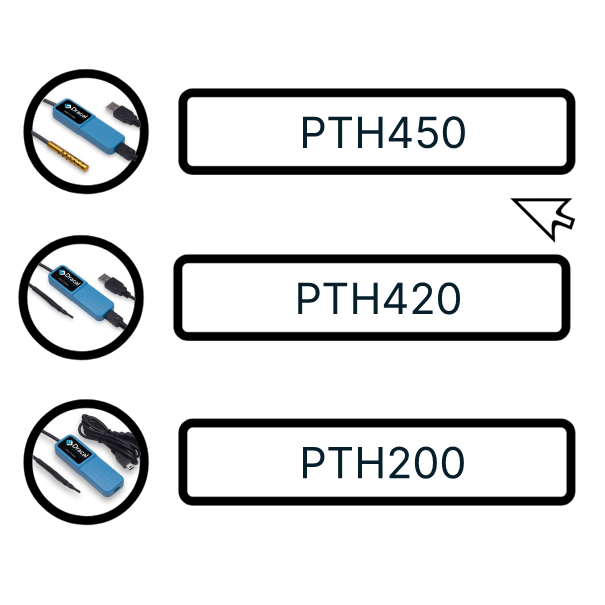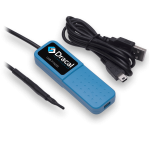Comparison of PTH series sensors
Series Highlights
The PTH series allows precise measurement of atmospheric pressure, temperature, and relative humidity in a single instrument. In addition to these real data, using DracalView or dracal-usb-get, you will have immediate access to the following calculated data: altitude, dew point, humidex, and more!
The Dracal ecosystem provides harmonized data regardless of the number of instruments connected to your system. If you prefer data integration without third-party software (VCP mode), rest assured that your atmospheric pressure, temperature, and relative humidity data will also be harmonized.
Available Instruments in This Series
|
Name |
Temperature (accuracy at 25°C) |
Humidity (typical accuracy at 25°C) |
Pressure (typical accuracy at 25°C) |
Probe Protection |
Probe Cable |
Technical Information |
|
-40°C to 125 °C ± 0.1°C |
0 %RH to 100 %RH ±1.5 %RH |
70 kPa to 110 kPa ± 0.15 kPa |
PET mesh Anodized aluminum |
Silicone |
||
|
-40°C to 70 °C ± 0.1°C |
0 %RH to 100 %RH ±1.5 %RH |
70 kPa to 110 kPa ± 0.15 kPa |
PET mesh |
PVC |
||
|
-40°C to 70 °C ± 0.3°C |
0 %RH to 100 %RH ±2.0 %RH |
70 kPa to 110 kPa ± 0.15 kPa |
PET mesh |
PVC |
Probe Protection
The protection covers the digital sensor probe.
|
Photo |
Protection Type |
Advantages |
Disadvantages |
|
Aluminum |
Excellent physical protection, extended temperature range |
Slower response time, higher cost |
|
|
PET Mesh |
Good protection, low cost |
Slightly slower response time |
Probe Cable
|
Photo |
Material |
Advantages |
Disadvantages |
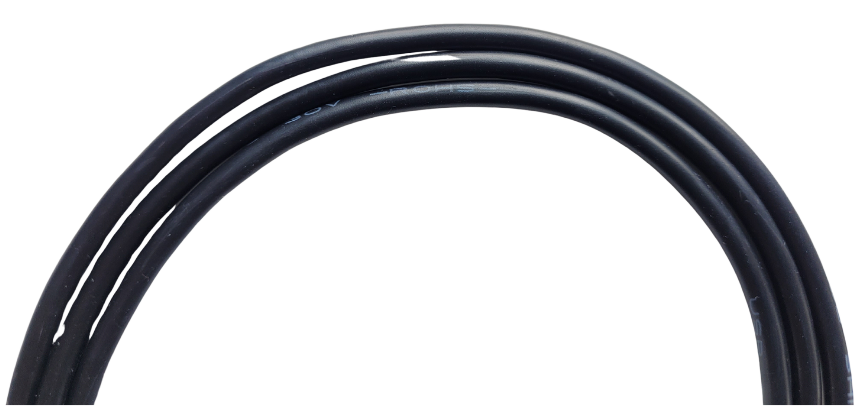 |
PVC |
Standard low-cost cable type, medium temperature range. |
Unsuitable for extreme temperatures. It can crack if bent at low temperatures. |
|
Silicone |
Resistant to high temperatures, it remains flexible even at low temperatures. |
Higher cost. |
Particle Filter
All instruments in the PTH series have a particle filter blocking over 99.99% of particles larger than 200 nm, protecting the sensor from dust, soot, and other contaminants.
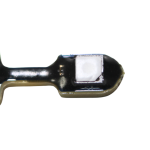
Examples of Use for Each Instrument
|
Name |
Image |
Advantages |
Application Examples |
|
PTH450 |
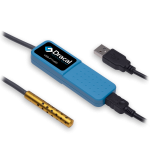 |
High-temperature resistance + High precision |
Use case pipette calibration
Climatic chambers |
|
PTH420 |
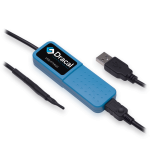 |
High precision |
Use case laboratory condition control |
|
PTH200 |
|
All-in-one instrument |
Case study OEM integration with AVL |
User Manual and FAQ
1- Can the probes be submerged in water?
No, the probes of the PTH series are not waterproof. These USB instruments measure air components.
2- Can I use the instrument within the probe's operating range, even though the cable and housing's temperature range is 0°C to 70°C?
Yes, but be careful to place only the probe in more extreme temperature conditions.
3- Can I use two PTH instruments to know the pressure difference between two points?
No. The optimal accuracy of a PTH is 0.15 kPa. Therefore, the two accuracies must be added together to obtain the measurement accuracy (0.3 kPa), making it somewhat imprecise compared to a differential pressure measuring instrument.
4- What is the advantage of a PTH over a TRH?
The TRH series measures temperature and relative humidity with the same accuracy as the PTH series. The advantage of the PTH series is measuring atmospheric pressure, a key component that influences relative humidity and, therefore, the dew point. The dew point varies depending on ambient temperature and is critical for the electronics of your measuring instrument.
5- Besides the operating temperature range, how is the PTH450 superior to the PTH420 since they have the same accuracy?
The PTH450 has an anodized aluminum probe and a silicone cable, making it much more robust at extreme temperatures than the PTH420.
6 - Where is the barometer located in the PTH?
The barometer is in the blue housing.
Need More Information?
We would be happy to help! Do not hesitate to contact us with any questions or concerns.
